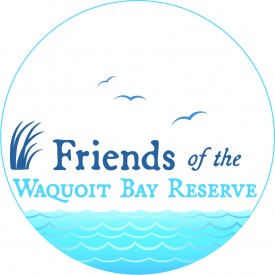Project Title: Coupling sediment Fe(II) oxidation with denitrification and DNRA
Date: 2019-2020
Principal Investigator(s): Claudia Mazur, Robinson Fulweiler
Affiliations: Boston University
Summary: Nitrogen is an essential nutrient for primary productivity in coastal systems, yet excess nitrogen loading from human activities such as fertilizer runoff and wastewater treatment discharge can lead to a series of negative consequences. These consequences include harmful algal blooms, low oxygen conditions and decreased biodiversity. To reduce these impacts, we aim to understand the environmental conditions that drive the pathways of nitrogen retention (dissimilatory nitrate reduction to ammonium or DNRA) and removal (denitrification) in estuaries. One environmental condition influencing these processes may be the presence of iron (Fe). The purpose of our research is to determine how iron oxidation rates alter the sediment microbial community composition and subsequently rates of nitrogen retention and removal costal sediments. We will collect sediment and porewater samples along a gradient of high to low concentrations of iron from the subterranean groundwater discharge located at the head Waquoit Bay. We will use these samples to (1) quantify seasonal rates of sediment iron oxidation, denitrification and DNRA, (2) determine how concentrations of iron and nitrate alter rates of denitrification and DNRA and (3) characterize the potentially active sediment microbial community. By understanding the factors that influence processes such as denitrification and DNRA, we can better predict the fate of nutrients and productivity in coastal sediments.

